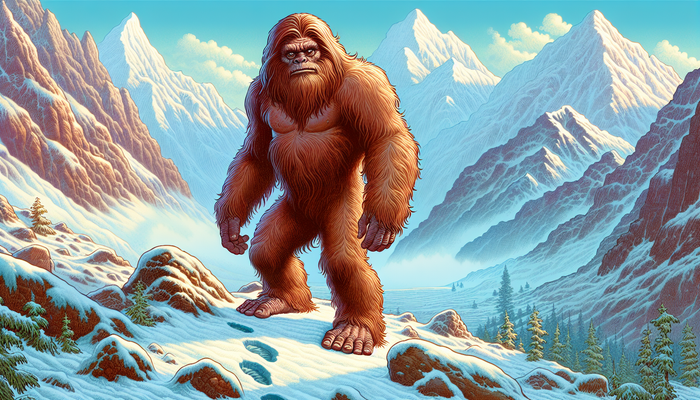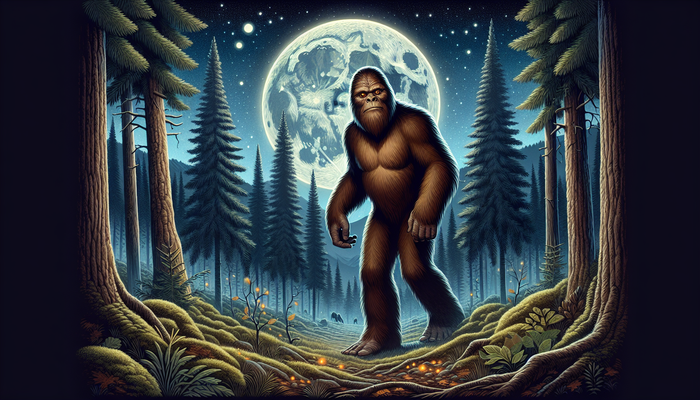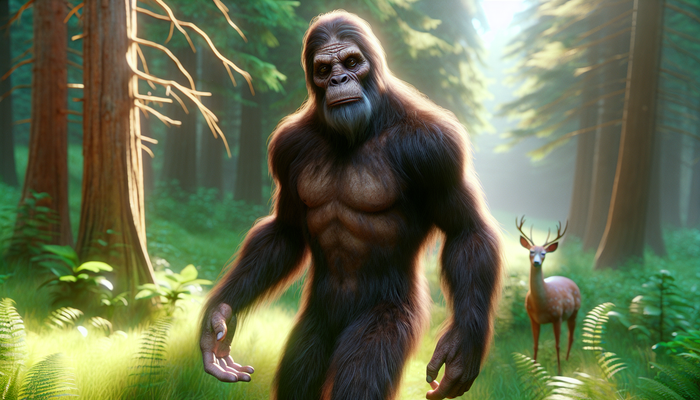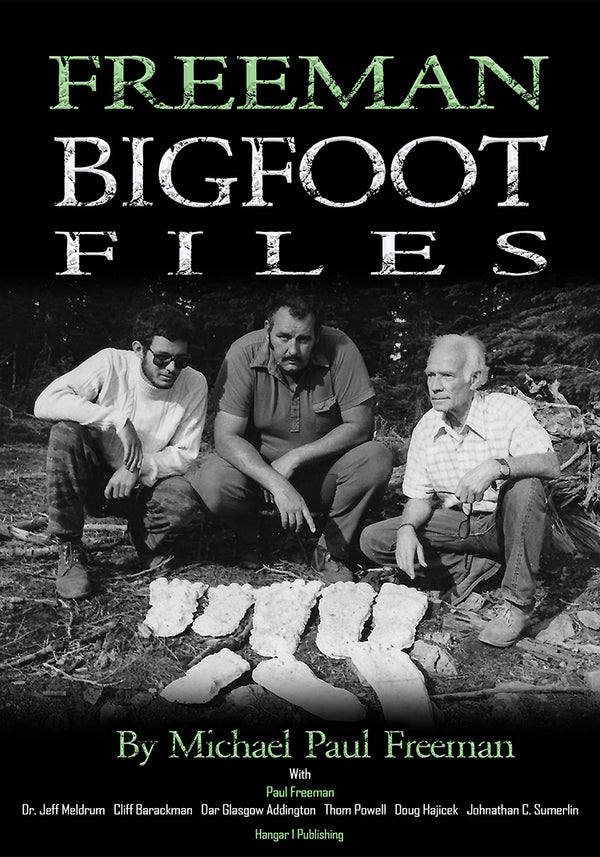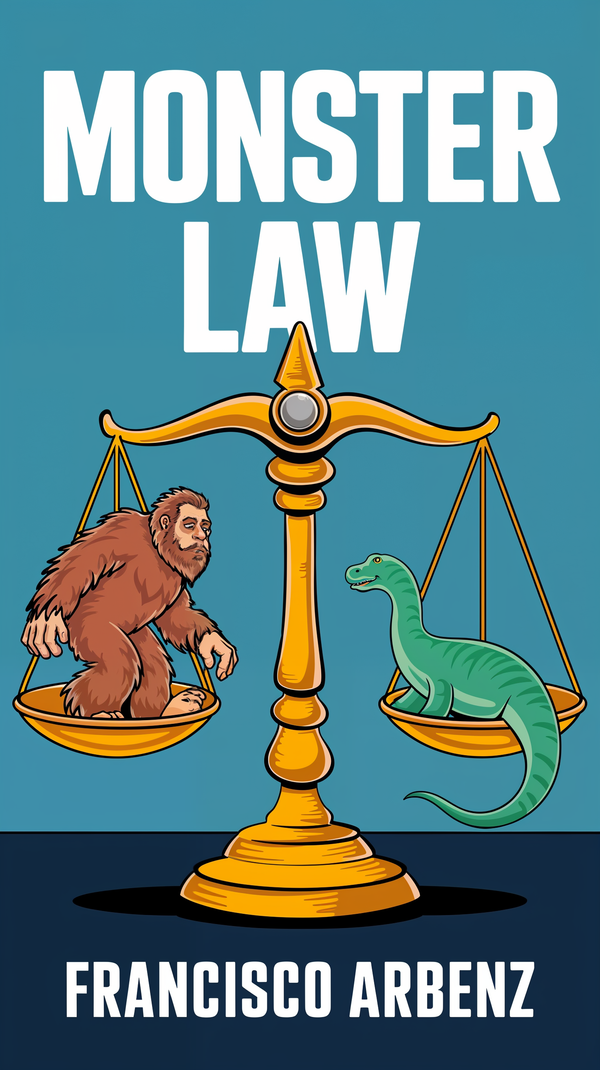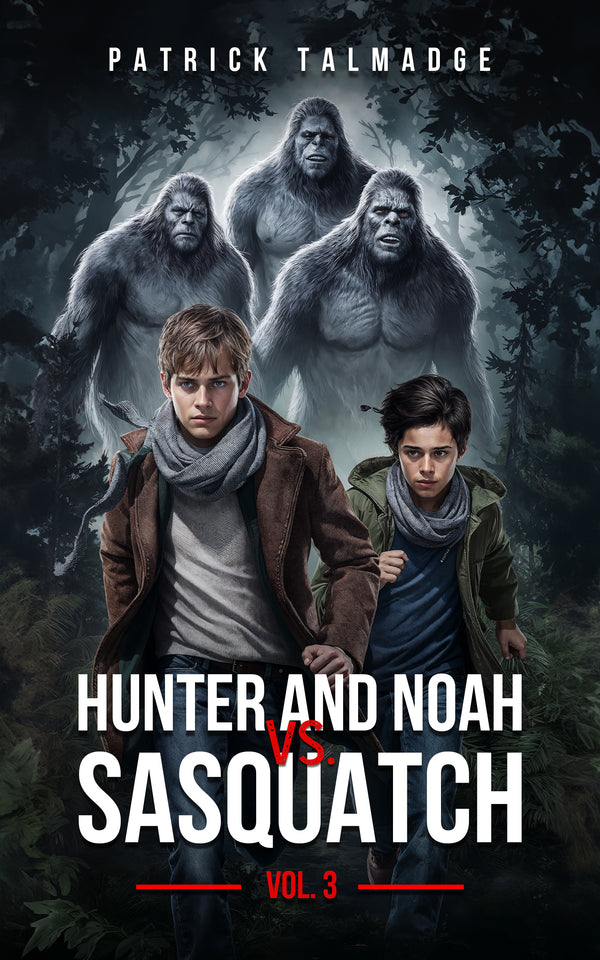Exploring Bigfoot in Native American Lore: Myths and Cultural Significance
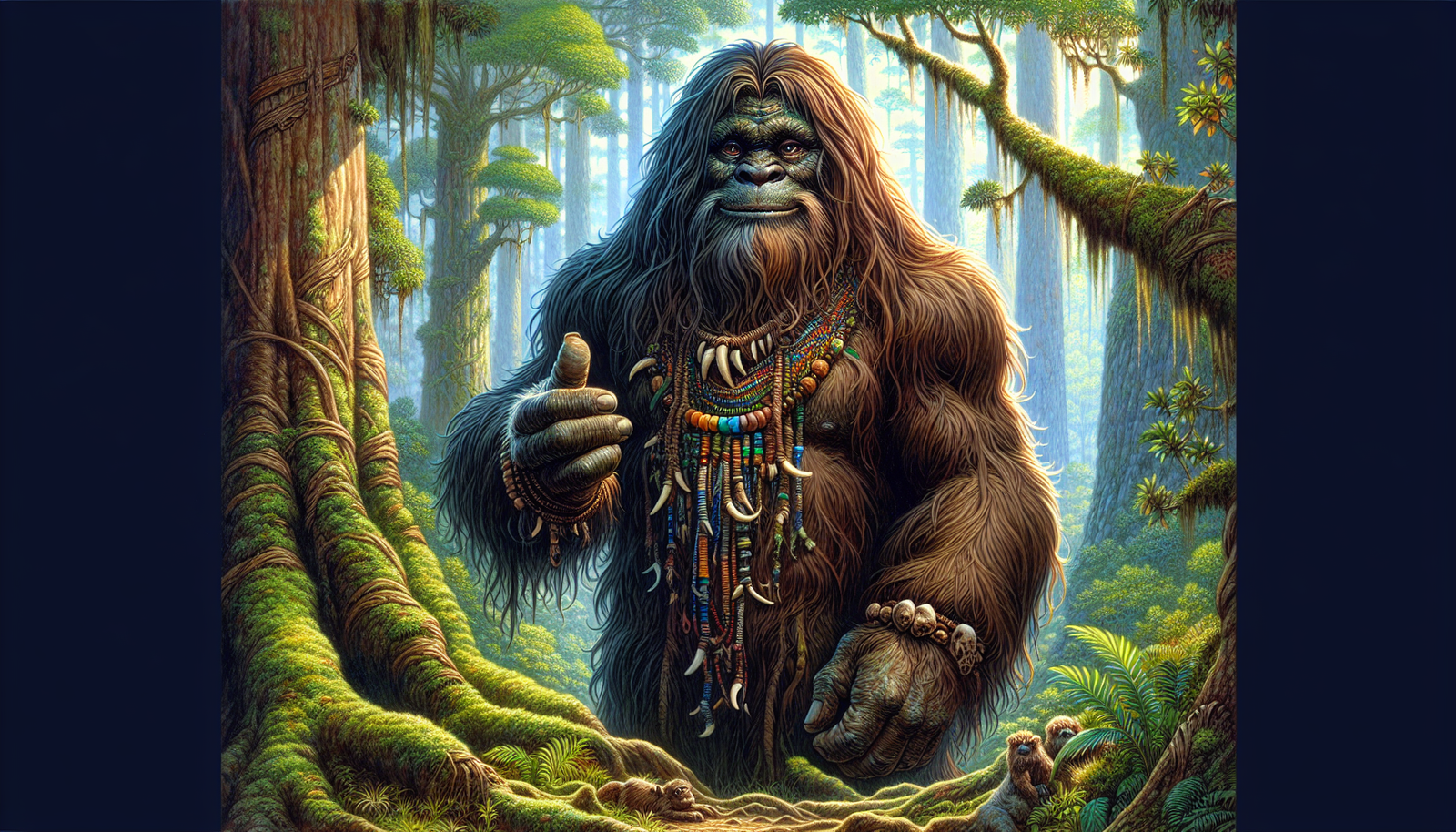
By Ava Martinez, Cryptozoologist
The Many Faces of Bigfoot
Imagine walking into a room filled with masks, each one representing a different tribe's vision of Bigfoot. The diversity would be staggering. In the Pacific Northwest, the Lummi people speak of Ts'emekwes, a nocturnal giant that stalks the forests. The name itself evokes a sense of mystery and power, doesn't it? Meanwhile, the Algonquin tribes of the Northeast tell tales of the Wendigo, a malevolent spirit associated with cannibalism and insatiable hunger.
But it's not just about different names. Each tribe imbues their version of Bigfoot with unique characteristics and cultural significance. Take the Yokut tribe of California, for instance. Their Mayak Datat, or "Hairy Man," isn't just some woodland boogeyman. He's a central figure in their creation myths, playing a pivotal role in shaping humanity itself. Imagine that – a creature we often think of as a simple beast, actually being responsible for our very existence!
The Hupa tribe's Omah presents yet another fascinating perspective. This being is both feared and respected, embodying the complex relationship between humans and the natural world. It's a far cry from the one-dimensional monster often portrayed in popular media, isn't it?
These varied names and descriptions aren't just linguistic curiosities. They're windows into the worldviews of diverse cultures, each with its own unique relationship to the land and its mysteries. The Sasquatch of the Salish people, for example, is deeply tied to their understanding of the wilderness and their place within it. It's a reminder that these stories are more than just campfire tales – they're living traditions that continue to shape cultural identities.
Footprints in History
Now, you might be thinking, "Sure, these are interesting stories, but where's the historical evidence?" Well, buckle up, because we're about to take a journey through time.
Long before European settlers set foot on North American soil, indigenous peoples were sharing stories of encounters with these mysterious beings. But it wasn't until the 19th century that these tales began to intersect with the written historical record.
Picture this: It's 1811, and British-Canadian fur trader David Thompson is huddled around a campfire near the Spokane River. As the flames flicker, he scribbles in his journal about "hairy giants" described by his Native guides. These creatures, standing over seven feet tall and covered in black hair, communicated through eerie whistles. Can you imagine the mix of fear and fascination Thompson must have felt as he recorded these accounts?
Fast forward to 1924, and we have the infamous Ape Canyon incident. A group of miners in Washington state claimed they were attacked by a family of "ape-men" who hurled rocks at their cabin and tried to break in. Now, skeptics might dismiss this as a tall tale fueled by too much moonshine, but it's worth noting how closely the miners' descriptions aligned with longstanding Native American accounts of Bigfoot-like creatures.
These early encounters marked a turning point. They represented the collision of indigenous oral traditions with the Western written record, creating a new chapter in the Bigfoot legend. Suddenly, these creatures weren't just the stuff of "primitive superstition" – they were newsworthy phenomena that captured the public imagination.
But here's the thing: while these sensational stories made headlines, they often overshadowed the deeper cultural significance of Bigfoot in Native American traditions. It's a classic case of the flashy surface narrative obscuring the rich, nuanced reality underneath.
More Than Just a Monster
Now, let's dig a little deeper. In many Native American cultures, Bigfoot isn't just some hairy brute lumbering through the woods. These beings often serve as powerful symbols, embodying core values and teaching important lessons.
Take the Yokut tribe's Mayak Datat, for instance. This isn't just a scary story to keep kids from wandering off. The Hairy Man plays a crucial role in their creation myth, advocating for humans to walk upright. It's a profound statement about what it means to be human, wrapped up in the guise of a Bigfoot legend. Pretty mind-blowing, right?
Or consider the Lummi people's Ts'emekwes. This creature isn't just a forest-dwelling monster – it's seen as a guardian of the natural world. The stories emphasize the importance of respecting nature and taking only what you need. In a world grappling with environmental crises, these ancient teachings feel more relevant than ever.
But it's not all serious business. Some tribes tell stories of Bigfoot-like creatures that are downright mischievous. The Suquamish have tales of "wild men" who sneak into villages to steal fish, only to later leave gifts of deer meat as a peace offering. It's like a cosmic game of give-and-take, reminding us of the delicate balance between humans and nature.
These stories serve a variety of purposes. They're moral lessons, teaching children (and adults) about proper behavior and respect for the natural world. They're explanations for natural phenomena, helping people make sense of a sometimes chaotic universe. And they're a way of preserving cultural identity, passing down important values and beliefs from one generation to the next.
It's a far cry from the simplistic "monster in the woods" narrative we often see in popular culture, isn't it? These Native American traditions paint a picture of Bigfoot as a complex, multifaceted being – sometimes benevolent, sometimes fearsome, but always deeply connected to the natural world and the human experience.
The Two Faces of Bigfoot
Now, here's where things get really interesting. In Native American lore, Bigfoot isn't just a one-note character. Depending on the tribe and the specific story, these creatures can be seen as protectors or threats – sometimes even both at once.
Imagine you're a member of the Lummi tribe, venturing into the forest to gather food. The stories you've heard about Ts'emekwes might make you think twice about taking more than you need. In this context, Bigfoot serves as a kind of ecological enforcer, ensuring that humans don't upset the delicate balance of nature.
But flip the script, and you might find yourself in a Me-Wuk village, where parents use tales of Bigfoot to keep children from wandering too far into the dangerous wilderness. Here, the creature takes on a more sinister role, embodying the very real dangers that lurk in the wild.
This duality reflects the complex relationship between indigenous peoples and their environment. Nature is both provider and potential threat, a source of sustenance and danger. Bigfoot, in many ways, embodies this paradox.
Take the story from the Suquamish tribe I mentioned earlier. The "wild men" who steal fish but leave deer meat in return aren't simply thieves or benefactors – they're both. It's a nuanced portrayal that speaks to the give-and-take relationship between humans and nature.
Some tribes even describe Bigfoot-like creatures as shapeshifters, able to take on different forms. This isn't just a cool supernatural ability – it's a powerful metaphor for the ever-changing face of nature and the need for humans to adapt and respect these changes.
The moral framework surrounding these stories is fascinating. They often serve as cautionary tales, warning against greed, disrespect for nature, or wandering too far from the safety of the community. But they also celebrate the wonder and mystery of the natural world, encouraging a sense of awe and reverence for the unknown.
It's a far cry from the often one-dimensional portrayal of Bigfoot in popular culture, isn't it? These Native American traditions give us a Bigfoot that's as complex and multifaceted as nature itself – sometimes nurturing, sometimes harsh, but always demanding respect.
Bigfoot in the Modern World
Now, you might be thinking, "That's all well and good, but what does any of this have to do with modern Native American identity?" The answer, as it turns out, is quite a lot.
In recent years, many indigenous communities have begun to reclaim and redefine the Bigfoot narrative. It's not just about preserving old stories – it's about using these traditions to assert cultural identity and address contemporary issues.
Take the Sts'ailes Nation in British Columbia, for example. They've embraced the Sasquatch as a powerful symbol of their cultural heritage. Walk through their community, and you'll see Sasquatch imagery everywhere – in art, on buildings, even as the mascot for local sports teams. It's not just decoration; it's a statement of identity and a connection to ancestral lands.
The Sts'ailes have even opened a Sasquatch Museum, where visitors can learn about the creature's significance in their culture. It's a brilliant move – using a figure that captures the public imagination to educate people about indigenous history and values.
But it goes deeper than that. For many Native Americans, Bigfoot represents a connection to a pre-colonial past, a time when their relationship with the land was unbroken by outside interference. In this context, belief in Bigfoot becomes an act of resistance against cultural erasure.
Consider the words of Robert Alley, a member of the Lakota tribe and Bigfoot researcher: "For us, Bigfoot is not a monster. He's our relative. He reminds us of who we are and where we come from." It's a powerful statement that reframes the entire Bigfoot narrative.
Some tribes have even incorporated Bigfoot into their efforts to protect ancestral lands. The argument goes something like this: if there's a chance that an undiscovered primate species is living in these forests, shouldn't we be doing everything we can to preserve its habitat? It's a clever way of using public fascination with Bigfoot to advance environmental protection goals.
Of course, not everyone in the Native American community embraces Bigfoot with open arms. Some view the commercialization of these traditions as problematic, arguing that it trivializes sacred beliefs. Others worry that focusing on Bigfoot distracts from more pressing issues facing indigenous communities.
These are valid concerns, and they highlight the complex relationship between traditional beliefs and modern realities. But for many, Bigfoot remains a powerful symbol of cultural resilience and connection to the land.
The Science of Sasquatch
Now, I know what some of you are thinking: "This is all fascinating, but what does science have to say about all this?" It's a fair question, and the answer is... complicated.
Let's be clear: the scientific consensus is that Bigfoot, as a biological entity, probably doesn't exist. Despite decades of searching, no one has produced definitive physical evidence of a large, unknown primate living in North America. The footprints, hair samples, and blurry photos that have been put forward as evidence have all been explained away as misidentifications, hoaxes, or known animals.
But here's where it gets interesting: even if Bigfoot doesn't exist as a flesh-and-blood creature, the belief in Bigfoot can have very real effects. Anthropologists and folklorists have long recognized the value of studying myths and legends, not as literal truths, but as windows into human psychology and culture.
Take the work of Dr. Jeff Meldrum, a professor of anatomy and anthropology at Idaho State University. While Meldrum believes in the possibility of Bigfoot's existence (a stance that's put him at odds with many of his colleagues), his research has yielded fascinating insights into human evolution and biomechanics, regardless of whether Bigfoot is real.
Or consider the ecological implications of Bigfoot belief. Some researchers argue that the idea of an undiscovered primate living in our forests can foster a sense of wonder about nature and encourage conservation efforts. It's the "if Bigfoot can hide there, what else might we be missing?" effect.
This ties into a broader concept known as "the ecology of the imagination." The idea is that our myths and stories about nature can shape how we interact with the environment in very real ways. In this light, Native American Bigfoot traditions can be seen as sophisticated ecological models, encoding information about sustainable living and respect for nature.
There's also the field of cryptozoology to consider. While often dismissed as pseudoscience, some argue that the search for creatures like Bigfoot can serve as a form of citizen science, encouraging people to observe and document the natural world around them.
Of course, it's crucial to approach all of this with a critical eye. The danger of pseudoscience and the spread of misinformation is very real, and it's important not to let the romance of mystery cloud our judgment.
But perhaps there's a middle ground – a way to appreciate the cultural significance and potential benefits of Bigfoot belief while still maintaining scientific rigor. After all, sometimes the search for truth can be just as valuable as the truth itself.
A Footprint That Spans Cultures
As we've journeyed through the rich landscape of Native American Bigfoot lore, one thing becomes abundantly clear: this is no simple monster story. The legend of Bigfoot, in its many forms, is a complex tapestry woven from threads of cultural identity, environmental stewardship, spiritual beliefs, and the eternal human fascination with the unknown.
From the Ts'emekwes of the Lummi to the Mayak Datat of the Yokut, we've seen how diverse indigenous cultures have shaped and been shaped by their beliefs in these mysterious beings. These aren't just campfire tales or quaint superstitions – they're living traditions that continue to resonate in the modern world.
We've explored how Bigfoot serves as a powerful symbol in many Native American cultures, embodying core values and teaching crucial lessons about respect for nature and community. We've seen how these stories can be both cautionary tales and celebrations of the wonder and mystery of the natural world.
In the realm of modern Native American identity, we've witnessed how some communities are reclaiming and redefining the Bigfoot narrative, using it as a tool for cultural preservation and environmental advocacy. It's a testament to the enduring power of these traditions and their ability to adapt to changing times.
And while science may cast doubt on the physical existence of Bigfoot, we've seen how the study of these beliefs can yield valuable insights into human psychology, culture, and our relationship with the natural world.
So the next time you hear a Bigfoot story, remember: you're not just listening to a tale about a mysterious creature. You're tapping into a rich vein of cultural heritage, a complex interplay of belief and identity that spans centuries and cultures.
The footprints of Bigfoot may be elusive, but the impact of this legend on Native American cultures is undeniable and indelible. It's a reminder that sometimes, the most powerful truths are found not in what we can prove, but in what we choose to believe.
From Bigfoot to UFOs: Hangar 1 Publishing Has You Covered!
Explore Untold Stories: Venture into the world of UFOs, cryptids, Bigfoot, and beyond. Every story is a journey into the extraordinary.
Immersive Book Technology: Experience real videos, sights, and sounds within our books. Its not just reading; its an adventure.


